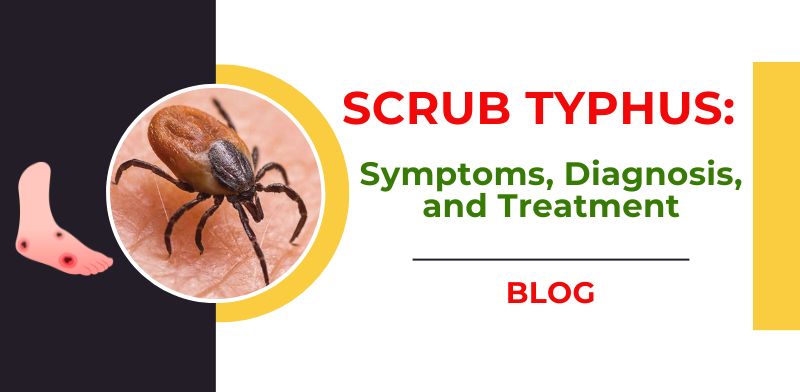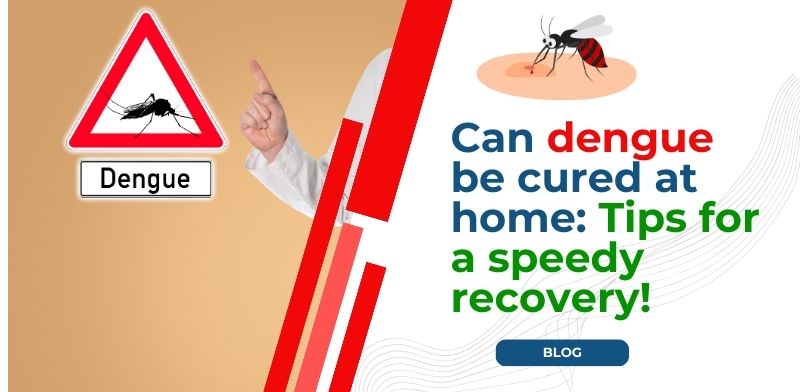
Scrub Typhus: A Hidden Threat in Tropical Regions
Scrub typhus, a potentially fatal infection caused by the bacterium Orientia tsutsugamushi, is spread to people via the biting of small infected mites. Chigger is the infected larval mites, which are the main mode of transmission of this disease to humans. Berry bugs, bush mites, red bugs, and scrub-itch mites are other names for chiggers. People who are exposed to rodent-inhabited places with scrub vegetation, such as grassy areas, forest clearings, riverbanks, deserts, and rain forests, particularly in portions of Asia and Australia, can get scrub typhus fever.
What are the symptoms of scrub typhus?
Scrub typhus symptoms normally appear 10 days after being bitten but may appear anywhere from 6 to 21 days after exposure. There are some of common signs and symptoms of scrub typhus include:
- Fever and pains in the muscles
- Headache and Sweating
- Blood-shot eyes and lung infection
- The bitten area becomes dark & like a scab
- Mental unawareness
- Vomiting and Diarrhea
- Swollen lymph nodes
- In severe cases may have bleeding and organ failure.
Evaluation and Diagnosis
Scrub typhus has many of the same symptoms as other illnesses. If you have any of the symptoms mentioned above after being in an area where scrub typhus is present, consult your doctor right away.
- Tell your healthcare practitioner where and when you recently travelled if you have.
- Blood tests may be prescribed by your doctor to check for infections like scrub typhus or others.
- Antibiotics are used to treat scrub typhus. Based on the patient’s symptoms and the findings of laboratory testing, healthcare professionals decide which antibiotic to prescribe.
Prevention
There is no vaccination for Scrub typhus to prevent it. You must take necessary precautions to stay away from the life-threatening diseases.
- You can lessen your risk of getting scrub typhus by avoiding contact with infected chiggers.
- Avoid thickly wooded and brushy regions while visiting places where scrub typhus is common since chiggers may be found there.
If you go outside
- Apply insect repellant repeatedly as necessary.
- Avoid applying repellant directly to the skin.
- Apply sunscreen first, then use insect repellent.
If you have a kid or infant:
- Dress your kid in clothes that cover their arms and legs, or use mosquito netting to cover their cot, pram or baby carrier.
- Avoid applying insect repellent to a child’s hands, eyes, or mouth, as well as to wounds or irritated skin.
Buy products that have been treated with permethrin or treat clothes and equipment with 0.5% permethrin.
- Boots, clothes, and camping equipment may all be treated with permethrin to kill chiggers.
- After several washings, treated clothing continues to provide protection. To find out how long the protection will last, consult the product description.
- Be sure to carefully follow the product directions if you’re treating goods yourself.
- Never apply permethrin straight to the skin. They are meant to be used on garments.
In conclusion
Scrub typhus is life life-threatening and dangerous disease and the people of rural areas of Southeast Asia, India, and northern Australia are affected very badly. It is important to take necessary action and collaborate among medical experts, researchers, and politicians to create efficient preventative and control strategies to reduce the burden of this potentially fatal illness in susceptible areas.

